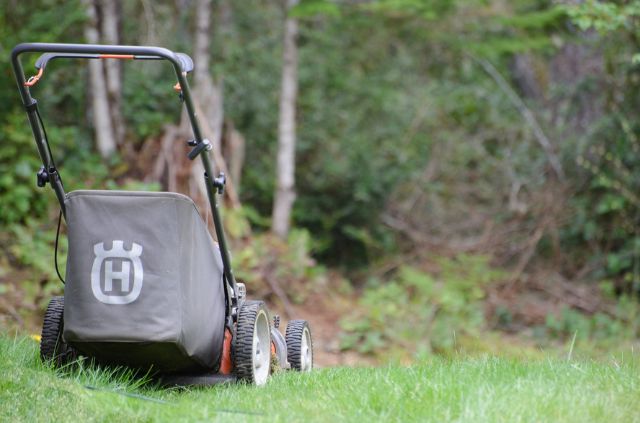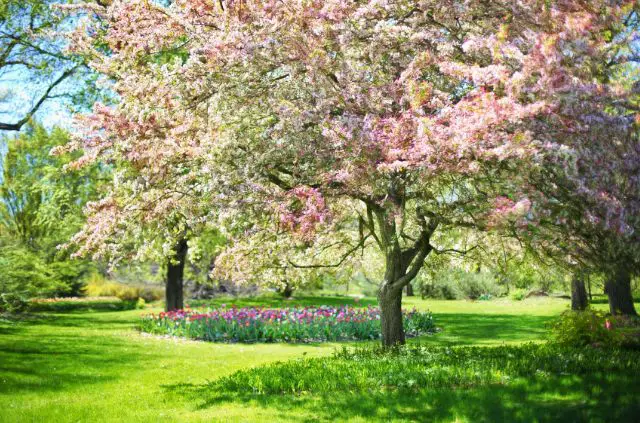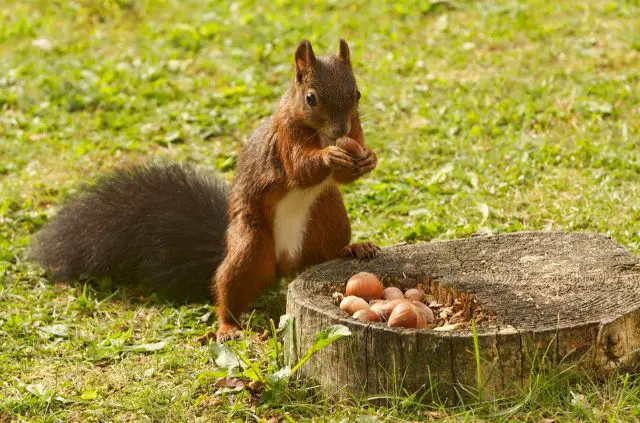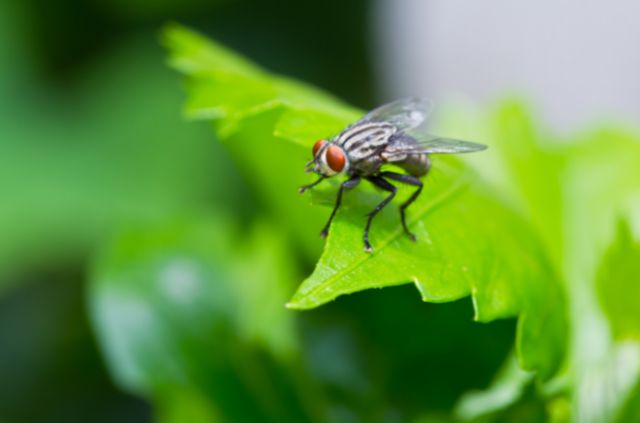How Long Do You Leave Straw on Grass Seed?
Planting new grass can be tricky. There needs to be enough water, sunlight, and good seed-to-soil contact. This helps seeds absorb moisture and start growing. But how long should you leave straw on grass seed?
Since new grass seed takes around 7-21 days to germinate, you can leave straw and hay on for this amount of time. With thin layers, the straw will begin to decompose rather quickly. But too much will need to be removed with a rake, or leaf blower.
Why Cover Grass Seed with Straw & Hay?
I learned a lot during my first attempt at growing new grass. Sure, a couple of green blades sprouted up here and there – but my lawn was mostly bare. Then I learned why covering grass seed is so important.
1. Seed-to-Soil Contact
You will see this term many times throughout the article. This process is the most efficient way to quickly transfer water from soil, to the seed. You can accomplish seed-to-soil contact by planting grass seed and using a covering.
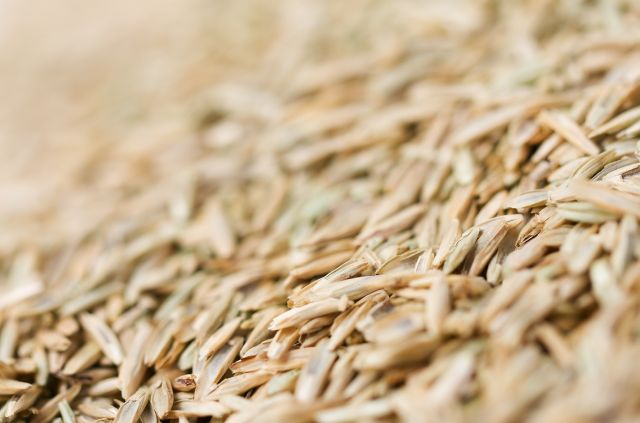
The Natural Resources Conversation Service recommends planting seed 1/4 to 1/2 inches in soil. Larger seeds can be planted further down into the ground, while smaller seeds must be closer to the surface.
2. Protect Seed From Animals
Birds, squirrels, and other animals can create problems for homeowners looking to grow new grass. These creatures love feeding on seeds, which means they can quickly eat up this valuable resource.
Creating a layer of straw will not only benefit the seeds, but it also acts like a shield to keep animals away. Seeds will not be as exposed on fresh soil and more of them will be able to germinate as a result.
3. Keeps in Water
It’s no secret that water plays a critical role in growing new grass. That’s where straw can help. This organic material aides when it comes to moisture retention – even when you’re not watering each day.
Straw works well by gently pressing down on the seeds, making sure they stay in contact with the soil. This helps the germination process begin, as the seeds are forced into the ground to promote growth.
4. Holds Seeds in Place
Another reason why you should put straw over grass seed is to hold them in place. This is especially important in the first couple of days, before the seeds have a chance to latch on to the soil and grow.
Extreme weather conditions can destroy fresh seed, regardless of where it’s planted. It only takes one heavy rain storm for your new grass seed to wash away. But having a layer of straw will act as a security blanket and prevent this from happening.
5. Saves Money
Getting the job done correctly will usually save you money in the long run. If you don’t cover seed with straw, there’s a good chance that grass won’t grow. That means you will need to repeat the steps all over again.
This will end up costing you more money, because grass seed isn’t cheap. But covering seed with straw is also one of the cheapest materials to use – compared with mulch, plastic, and topsoil.
Can You Put Too Much Straw on Grass Seed?
Even though straw and hay can provide many benefits, too much of the stuff can be a bad thing. Problems first arise when the layer is too thick. This will smother the seed and prevent it from growing.
Too much straw will block sunlight and water from reaching the soil. You learned how a layer of straw can help retain moisture – but when there’s too much it can actually prevent water from getting into the ground.
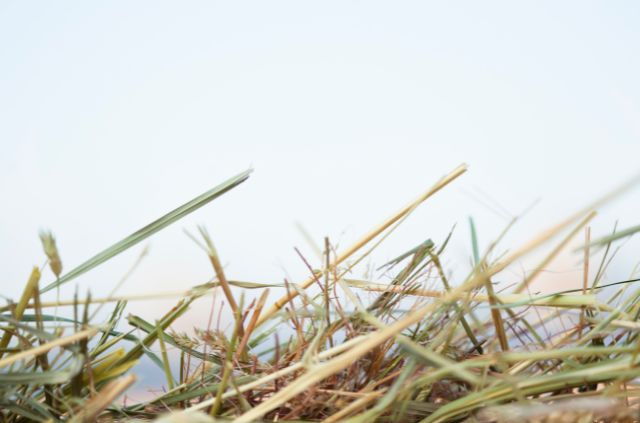
The seeds will eventually dry out and they won’t be able to germinate. So, how much straw should you use? Start off with a thin layer. There should be enough on the ground so you can still see some patches of dirt underneath.
Do You Pick Up Straw After Grass Grows?
This answer really comes down to personal preference. If you’ve laid down a thin layer of straw, there’s no need to pick it up after grass grows. Straw is an organic material and it will naturally decompose over time.
But if your goal is to maintain an immaculate lawn, you can pick up the straw. Some homeowners don’t want to see anything other than grass as they look over their lawn. Just remember to be careful if you choose this route.
The best way to pick up leftover straw is to use a plastic rake. Metal rakes will be too rough and can even damage your new grass. Plastic tools tend to be a little more forgiving, especially when you’re using light amounts of pressure.
Another reason you might want to pick up straw is if you’ve laid too much down. As I mentioned above, it only takes a little amount to cover grass seed. Too much straw can prevent seeds from germinating and you will need to clean it up if they do.
Straw vs Hay for Grass Seed
People who didn’t grow up on a farm tend to talk about straw and hay like it’s the same. But there is a key difference between the two materials you can use around your lawn and garden.
Straw comes from harvested crops (like corn), where hay is various types of cut grasses. Straw is also very dry, yellow in color, and hollow. This makes it great for seed covering, because it won’t get too heavy when it rains.
Because hay is a combination of different types of grass, it’s usually green in color. When aged properly, hay can also provide many benefits to your soil, because it has essential nutrients.
Wrapping Up
There are many things you might be asking regarding planting grass. I wrote this article hoping to answer one of those questions: how long do you leave straw on grass seed?
The best thing you can do is keep the straw on for 7-21 days – which is also how long it takes for new seed to germinate. This essential cover will provide many benefits and it will eventually decompose into the soil.
Search Terms
- How long do you leave straw on grass seed?
- How long to leave straw on grass seed


